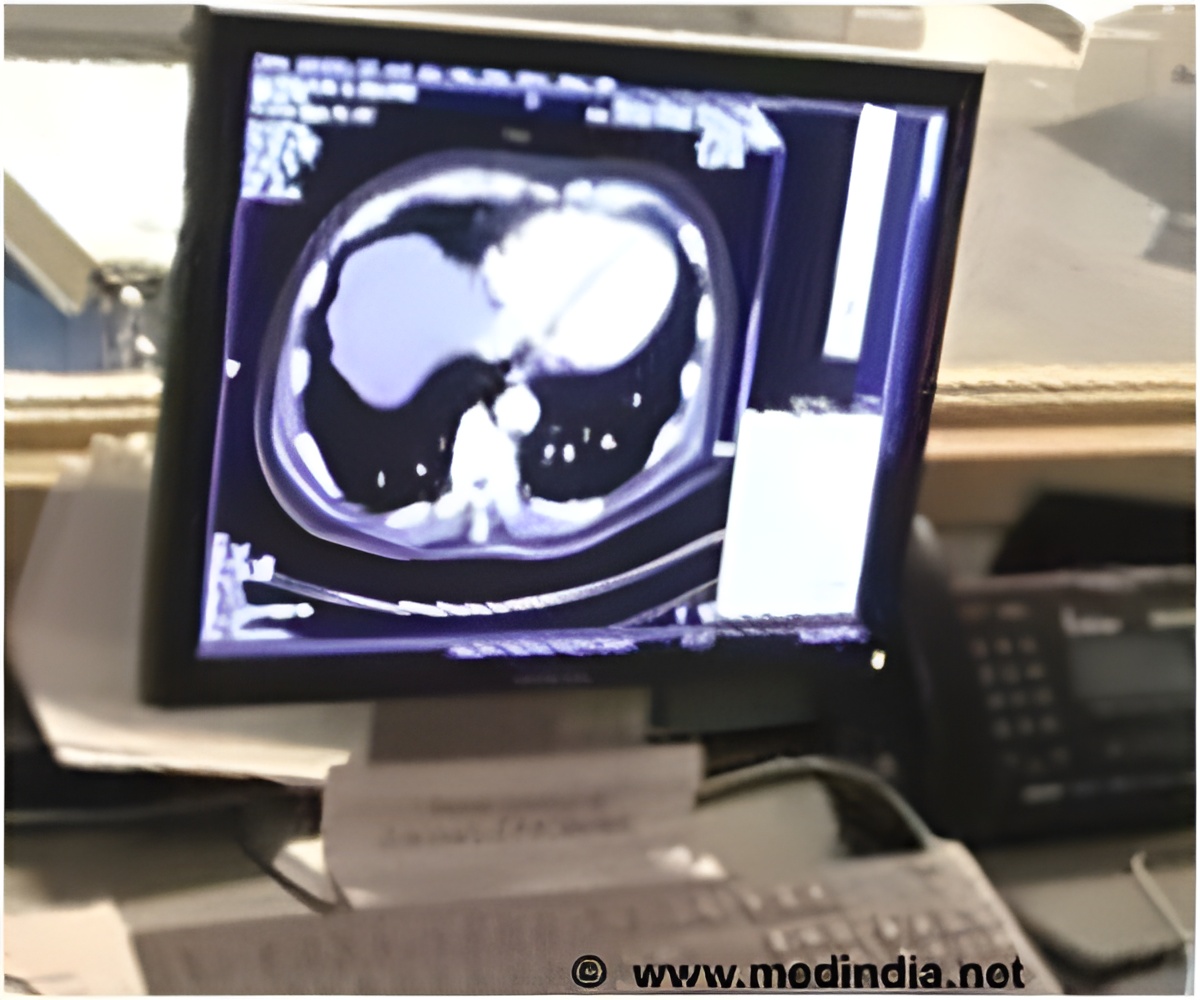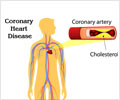
‘Avoiding unnecessary angiography among patients with suspected CHD by using CMR guided strategy will help reduce patient risk and provide significant financial savings.’
Tweet it Now
Coronary heart disease is a leading cause of death and disability worldwide. Several methods are available to diagnose CHD, risk-stratify patients, and determine the need for revascularization.Despite the widespread availability and recommendations for noninvasive imaging in international guidelines, invasive coronary angiography is commonly used in patients with suspected CHD.
Evidence from large populations presenting with chest pain has confirmed that the majority will not have significant obstructive coronary disease. Avoiding unnecessary angiography should reduce patient risk and provide significant financial savings.
In this study, 1,202 symptomatic patients from 6 UK hospitals with suspected CHD were randomly assigned to management according to UK NICE guidelines (n = 240) or to guided care based on the results of CMR (n = 481) or MPS (n = 481) testing.
Among the patients, the number with invasive coronary angiography after 12 months was 102 in the NICE guidelines group (43%), 85 in the CMR group (18%); and 78 in the MPS group (16%). The researchers found that a CMR-guided strategy significantly reduced study-defined unnecessary angiography compared with NICE guidelines-guided care, but was not significantly different from an MPS-guided strategy.
Advertisement
Advertisement















